Among many types of backstitch, double back stitch is my favorite. It gives the strong, clean seams and crisp outlines. Also, it makes your work look polished and professional. It is super easy to do it. Here is how-
Double Back
To do a double back stitch, sew forward to your starting point, then stitch back over the previous stitch, creating a strong, overlapping line. That’s why it is also called double threaded back stitch.
This one called double threaded back stitch!

But that’s a basic way to do it. I don’t like to do things in a basic way. So, I put a unique touch to it.😉 wanna know how? Let me show you the double back stitch.
Main Point Of View :
- A stitch technique that involves working two back stitches in the same direction to create a strong. It will create a beautiful back stitch design images.
- Double back stitch is used for bold, defined lines and adding depth to designs. It can also be used for small fillings but is best for outlining.
- Add a second pass of weaving in a different direction to create a more dynamic, textured effect.
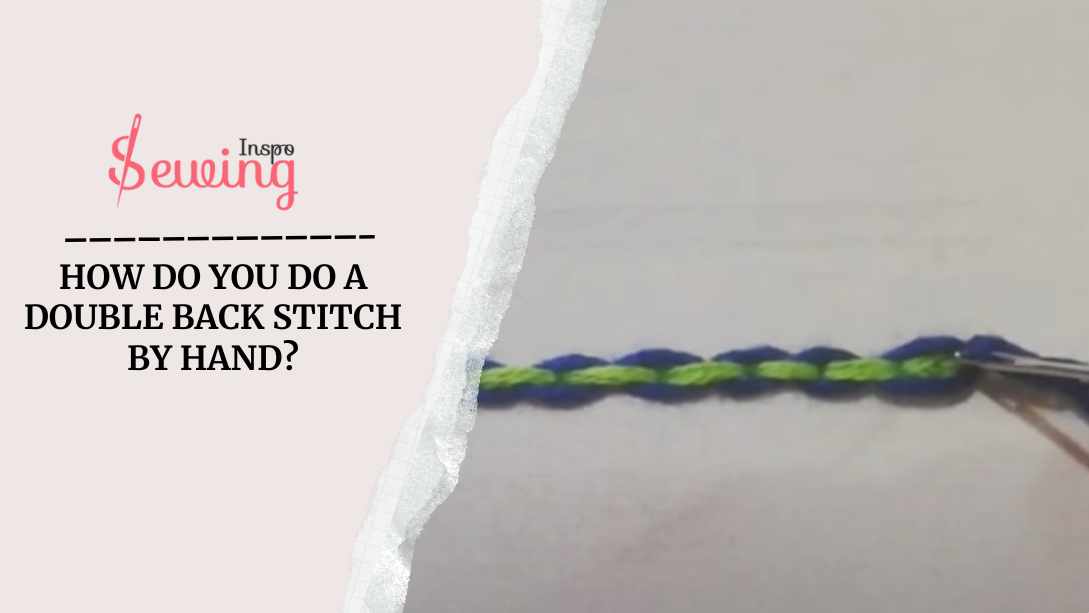
Table of Contents
What Is Double Backstitch?
While a regular backstitch moves one step forward, one step back, the double backstitch adds an extra line of stitching over the original path. It’s literally like going over your work twice. This is even called double threaded back stitch. This type makes the simple back stitch design stand out.
It’s a hand embroidery stitch that creates a bold, reinforced line. It’s great for outlining designs, adding detail, or when you want your stitching to really stand out.

How To Do A Double Back Stitch By Hand?
To do a double back stitch, follow 4 steps:

- Do A Backstitch Line
- Insert The Needle At The Starting Point
- Start Weaving A Thread
- Wave The Thread Again
Everyone like to do double threaded back stitch on 2 parallel lines like spaced backstitch. But I find another way to. This gives a unique look to the embroidery. Doesn’t it sound interesting? I know it does. 😎
So, let me show you the whole process in double line stitch.

Do A Backstitch Line
To do a backstitch line, start by threading your needle and tying a small knot at the end of your thread. Now, pick a spot on your fabric where you want to begin, and push the needle up through the fabric. This will be the base for you to do double stitch sewing by hand.
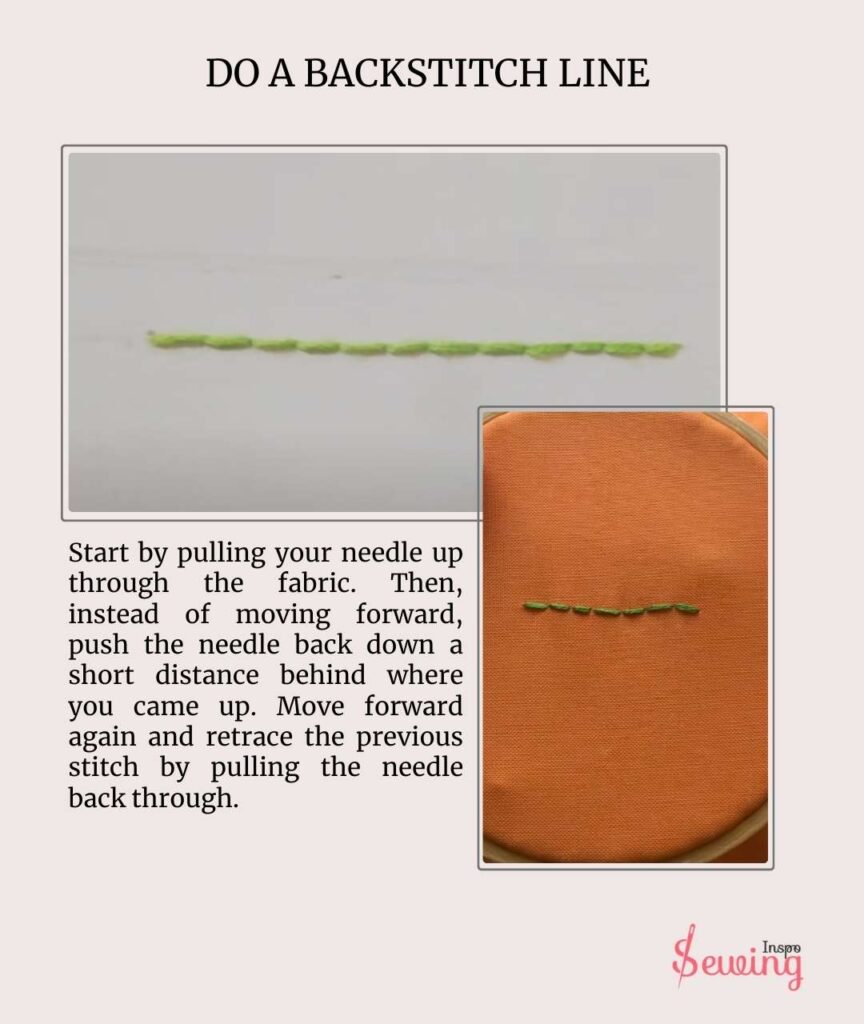
Start by pulling your needle up through the fabric. Then, instead of moving forward, push the needle back down a short distance behind where you came up. Move forward again and retrace the previous stitch by pulling the needle back through.
And that’s your foundational stitch. You can try it with double line stitch, too. But I’m fine with 1 line.
Insert The Needle At The Starting Point
Now, thread your needle and insert it into the fabric from the backside, bringing it up to the front at the point you want to start. This steps remained me of stem stitch.
Make sure to pull the thread all the way through. That will make the back stitch picture look like a stitch.
Note: But don’t pull too tight—leave a small tail at the back of the fabric to secure later. Just like you would do with whipped backstitch in leather.
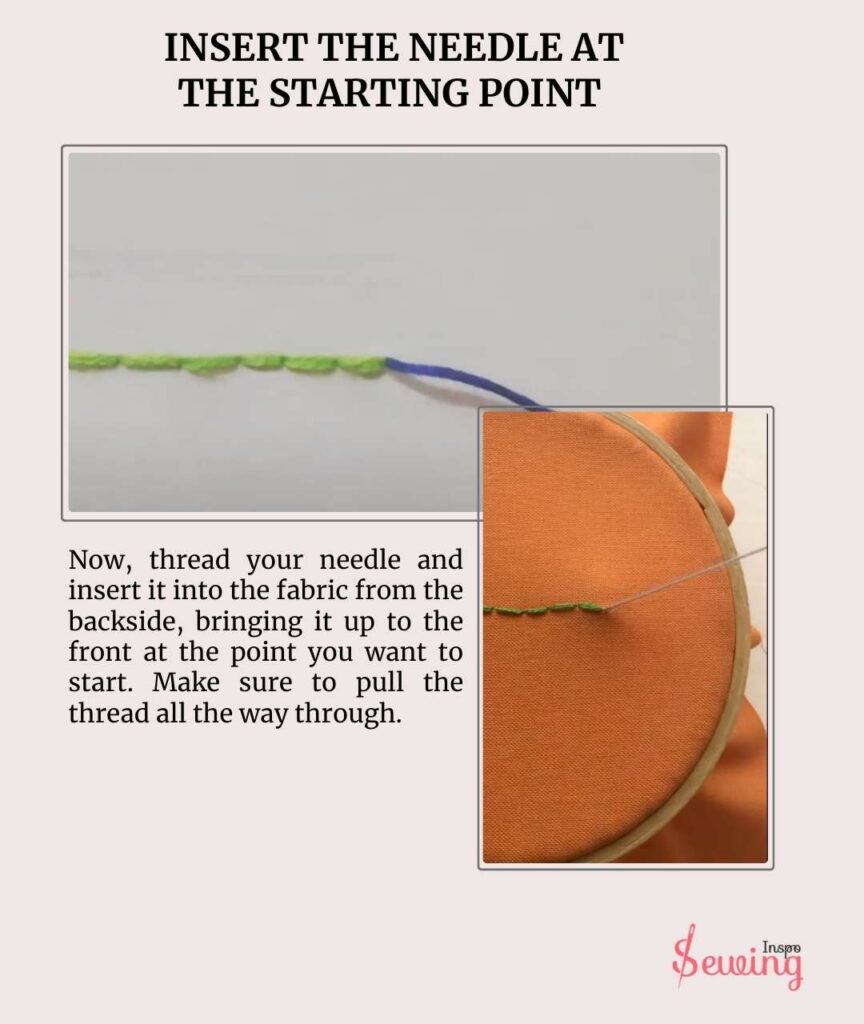
Start Weaving A Thread
Grab your second thread, usually a contrasting color, to make the lacing pop, and bring it up from the back of the fabric, just next to your first base stitch. You’re going to weave the thread over and under the base stitches you created earlier. Like a back chain stitch but in a different form.

Think of it like threading a ribbon through a series of loops—except here, it’s your base stitches acting as the loops!
Start by going over the first stitch, then under the next, and so on, creating a crisscross pattern. As you go along, keep your thread tension even—neither too tight nor too loose.
You want the lacing to sit nicely across the fabric without pulling the base stitches out of place. But, of course, it will depend on the type of backstitch fabric.
Continue weaving the thread through the gaps between each stitch until you’ve covered the whole length, and don’t forget to adjust the thread as you go to keep everything neat and aligned.
It is basically doing laced backstitch.
Wave The Thread Again
That’s where the double back stitch effect comes from.
To wave the thread again, you’re essentially going to repeat the process of weaving, but this time, try a different direction or pattern to add some visuals. After your first round of weaving, bring the thread back up at the end of your last stitch and weave it in the opposite direction.
For example,
If your first round went over and under, now you can go under and over the base stitches or even change the angle to create a more dynamic look. This is also considered a strong hand stitch.
This 2nd pass is where you can get creative! The more layers of weaving you add, the fuller and more textured your stitch will become. Keep going until you’re happy with the look, then finish off by securing the thread at the back of the fabric. Looking at this back stitch picture makes me so happy.

That’s how I would like to do my double thread backstitch. You can call it sewinginspo secret. 😜
Double Back Stitch Embroidery
Double backstitch is sure a unique embroidery thing. That’s why i keep doing double stitch hand sewing and
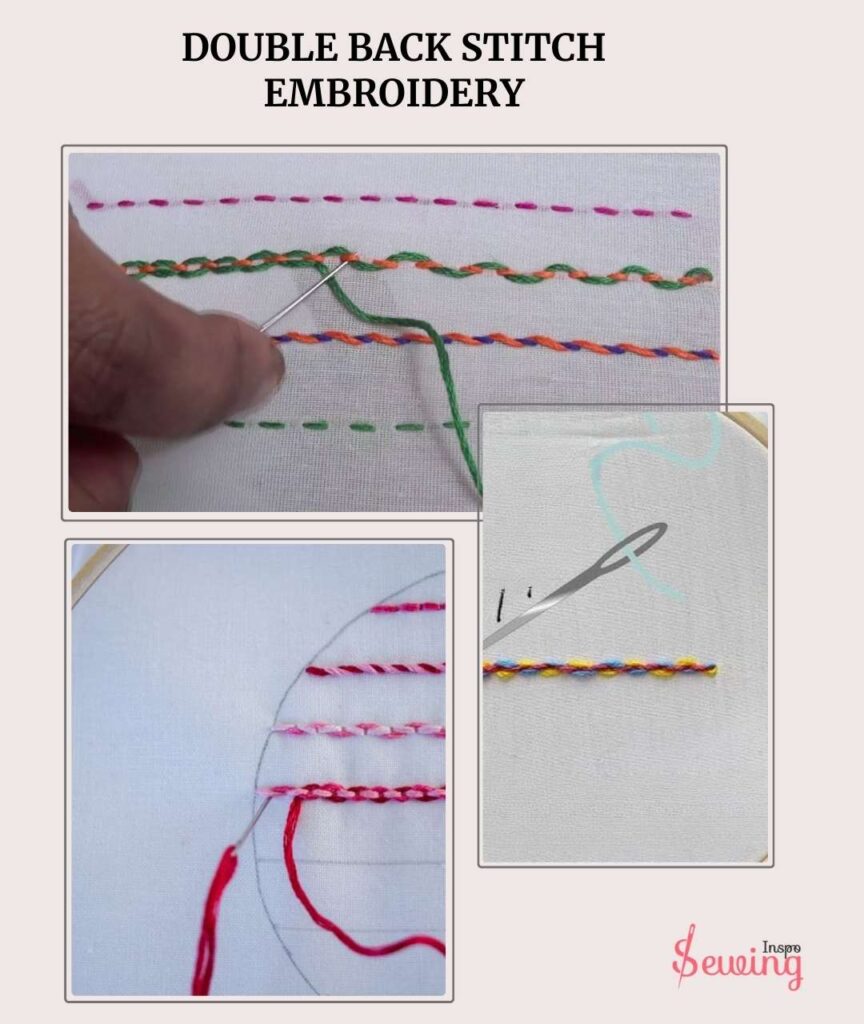
It is a fun way to add a unique touch to your sewing project. But it’s sure an easy one. Here are a few of my works with double backstitch. just like split back stitch embroidery.
If you wanna learn about stitching, then read our Holbein stitch vs backstitch article.
Frequently Asked Questions
What Is A Double Back Stitch?
Answer: A double back stitch is a type of embroidery stitch that involves working two back stitches in the same direction. It’s used to create a strong, continuous line with a defined and raised appearance. It is often used for outlining and adding depth to designs.
What is the purpose of using a double back stitch?
The double back stitch is used for thicker, more prominent lines that stand out on fabric. It provides a strong outline and adds texture or depth to embroidery projects. It is also useful for filling areas with more defined lines or when you need to reinforce a design.
Can I use a double back stitch for filling areas?
While the double back stitch is primarily used for outlining and creating defined lines, it can also be used to fill small areas, especially when a bolder line or texture is desired. However, other filling stitches like satin stitch or long-and-short stitch are typically better for larger areas.
Conclusion
That’s my way to do double back stitch.
What’s your way to do it?
Share your technique with us.

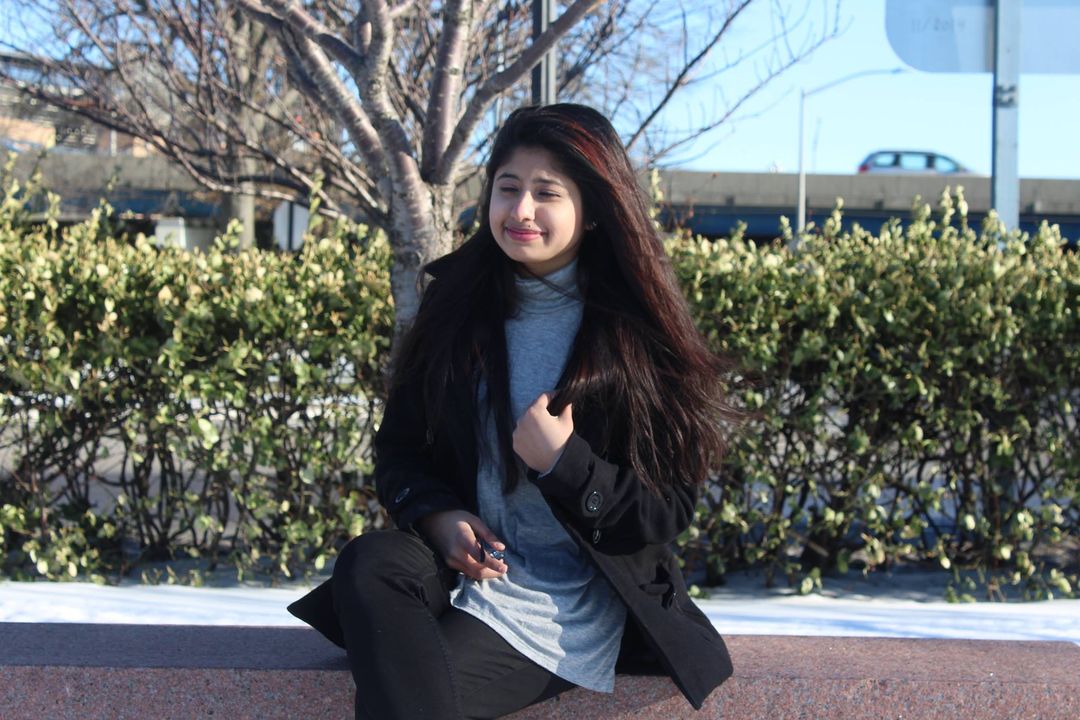
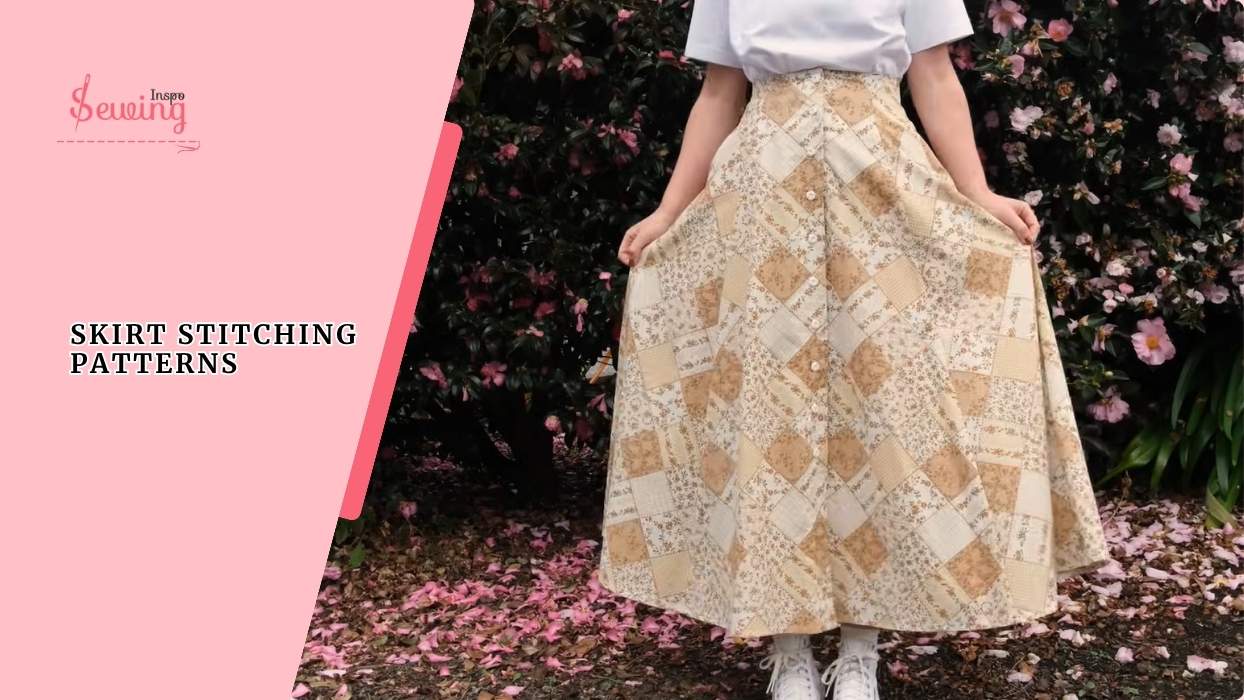
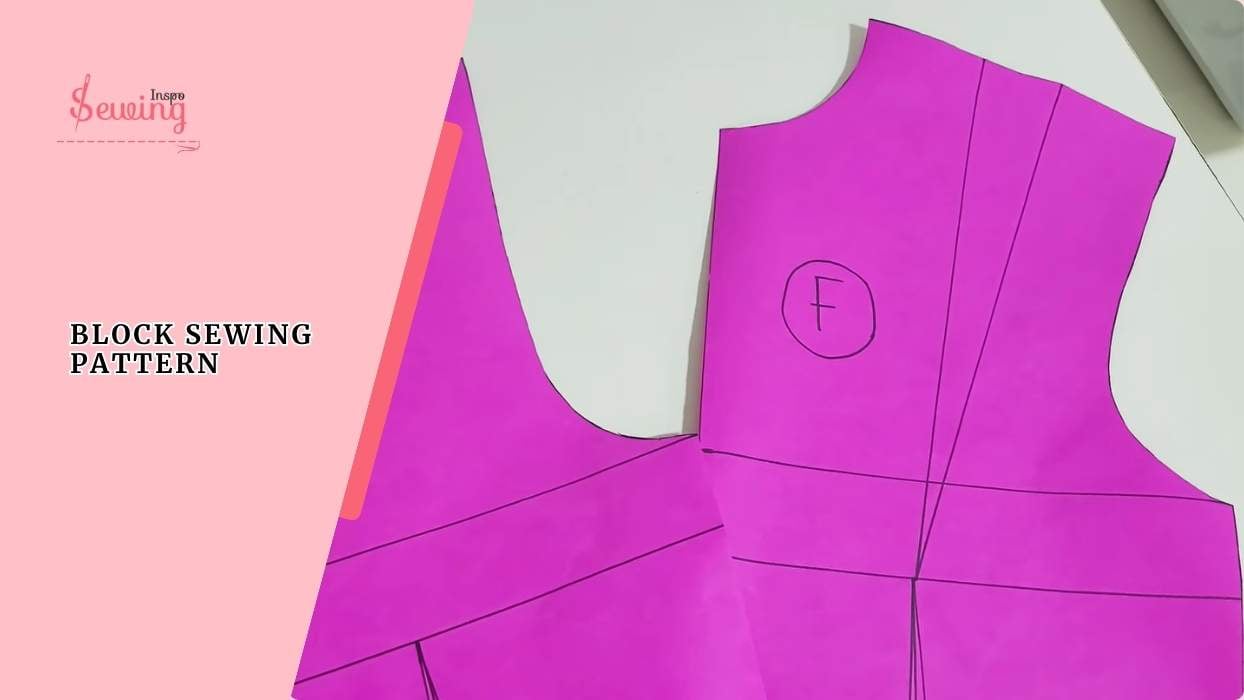
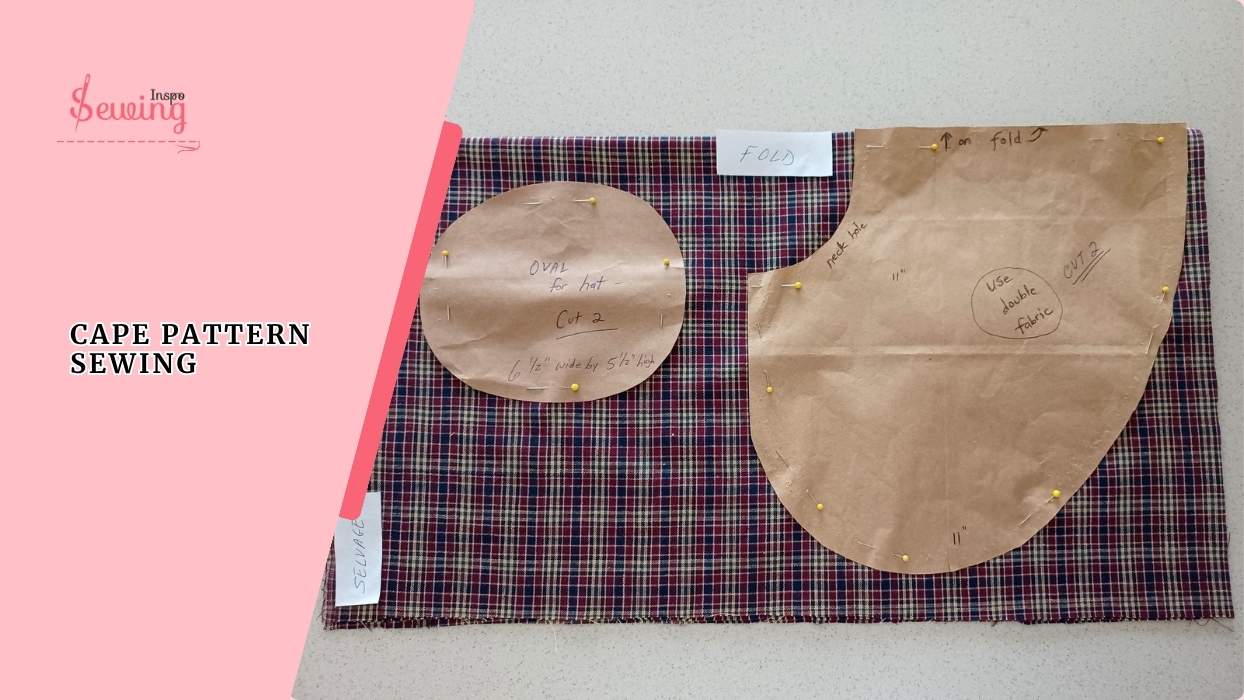
Leave a Reply